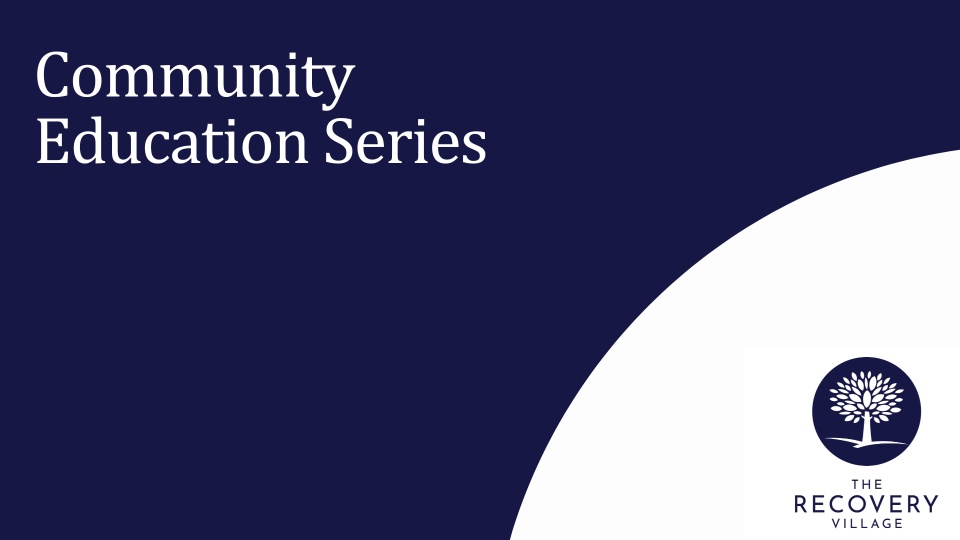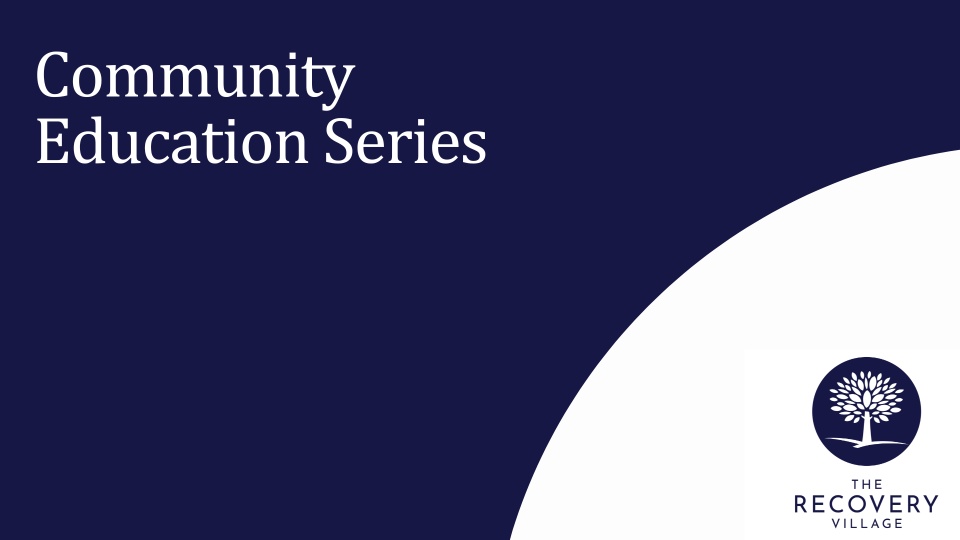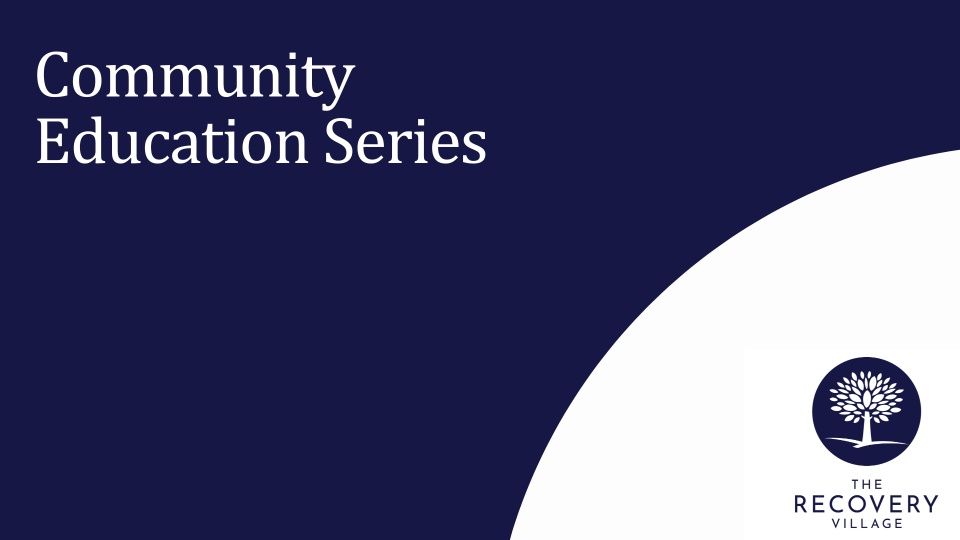Vicarious and Secondary Trauma: The Negativity Bias and Indirect Exposure to Impact Events
Estimated watch time: 23 mins
Available credits: none
Objectives and Summary:
In this community education webinar, Dorinda Burnham, LMHC, MS, CCTP, explores the human response to impact events, how we perceive the world around us and introduce ways to effectively respond to both personal and professional triggers to minimize stress, compassion fatigue and burnout.
After watching her presentation, the viewer will be able to:
- Understand the impact of vicarious and secondary trauma
- Identify triggers related to impact events and recognize the way we perceive a threat
- Cope in healthy ways and reduce ineffective behaviors like anger and substance abuse









